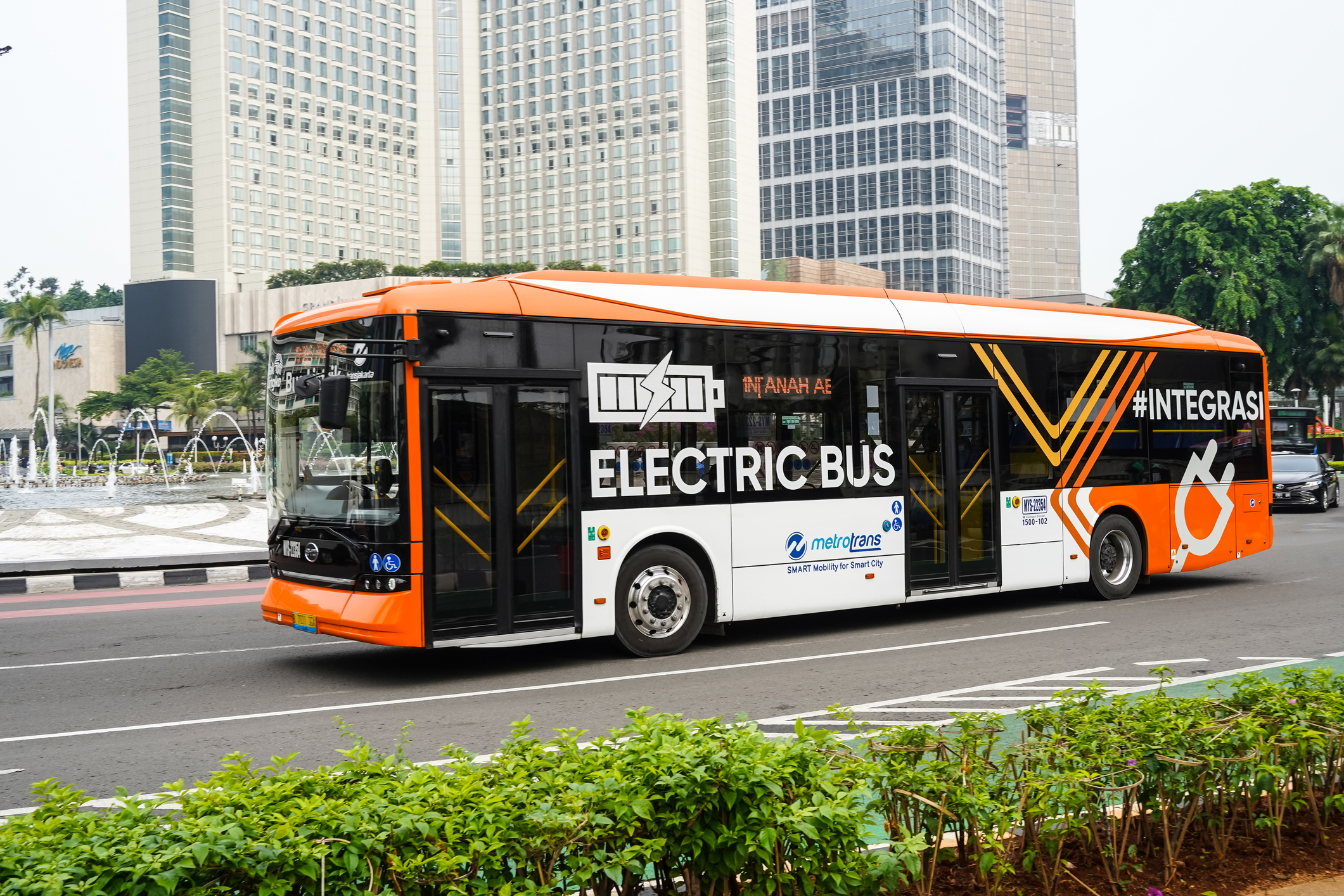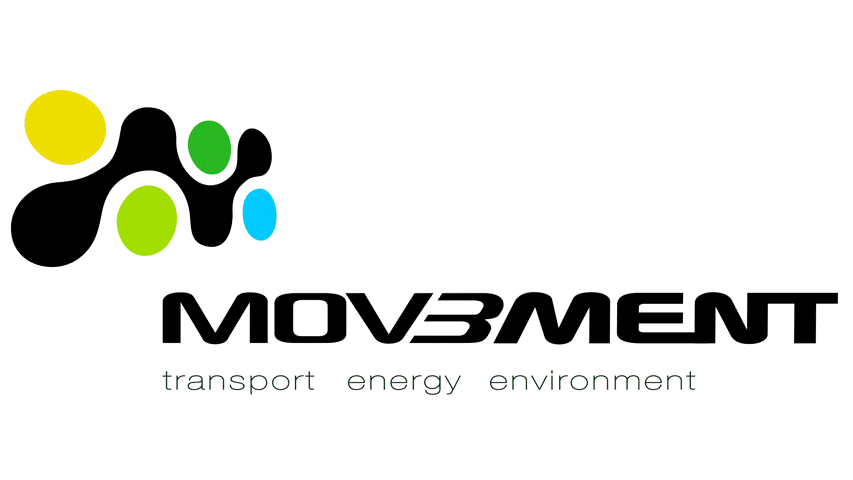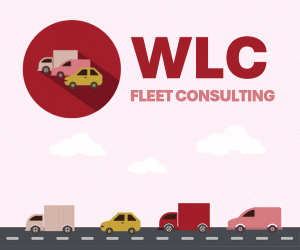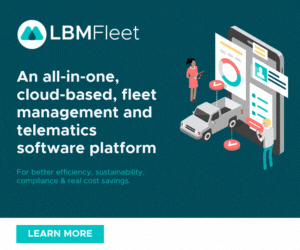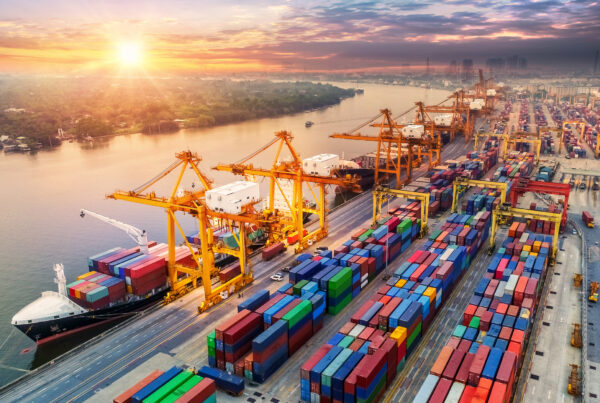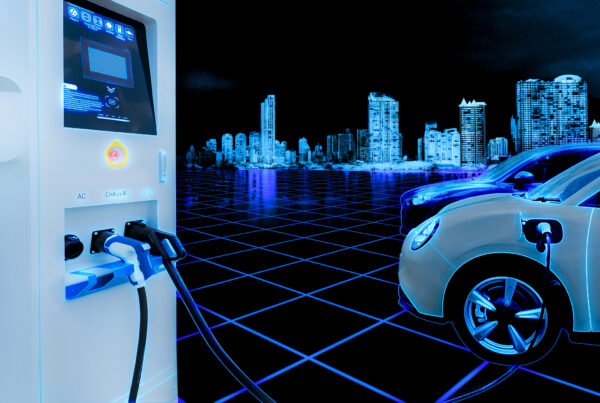This article was first published in the April 2025 edition of FleetDrive.
In the tropics of Southeast Asia, public transport is approached differently. Busy buses and motorcycles keep these hot cities bustling with motion, despite the warm temperature.
Climate change is a pervasive problem evident worldwide, with its harrowing effects on weather felt most in tropical countries. Majority of Southeast Asia sits right on the equator, exposed to the sun’s harsh rays and at the mercy of monsoons and storm surges. Thick smog blankets urban areas in the region—most notably, Hanoi in Vietnam, which IQAir dubbed “the world’s most polluted city.”
In the region, net-zero emissions are a key goal for nearly all its member-states. With air pollution largely driven by the region’s automotive sector, Southeast Asia’s governments focus on encouraging their citizens to use electric vehicles (EVs) by providing fiscal incentives and structural support. Another effort often overlooked is the transition of Southeast Asia’s public transport vehicles into EVs.
SINGAPORE
At the moment, Singapore is leading the charge in the region. The small island nation’s top-selling auto brand of the year was BYD, a leading EV maker from China. In terms of public transportation, the city-state is also making great strides to fully electrify. Last March 2025, the country’s Land Transport Authority (LTA) announced that it would add 660 new electric buses to its current fleet. More than half of these buses are three-door single-deckers and 300 of it, double-deckers.
These new buses will be delivered over a period of 2 and half years, ending in December 2027. Once delivered, Singapore’s overall battery-powered bus fleet will reach 1,140 vehicles, joining a public bus fleet of 5,800 vehicles.
Singapore has been gradually increasing the number of its electric buses over the recent years. Back in November 2023, the LTA acquired 360 single-deck buses from BYD and again purchased another 60 buses in October 2024.
THAILAND
Another country adopting electric buses is Thailand. The Southeast Asian Kingdom pledged that all of its public transportation vehicles will be electric by 2030. The transition started in 2023, with the country’s fleet of airport limousines. The Asian Development Bank (ADB) loaned USD 110 million (AUD 177 million) to private company, Energy Absolute. This loan was used to purchase 1,200 electric buses manufactured within Thailand. ADB also pledged to increase the country’s EV charger production capacity to 1,000 stations.
Before this, the Thai government conducted a pilot programme of 120 buses’ operation in Bangkok from 2021 – 2022. Thailand’s electric bus tickets are competitively priced to entice usage. The buses are equipped with air conditioning with reduced noise emissions as well.
VIETNAM
Vietnam has similar goals in its public transport fleets. The first being all new or replacement buses run on clean energy by this year, 2025. The same goal is set for its taxis with the target year of 2030. Overall, the country aims to have 100 per cent of its buses and taxis run on electricity or clean energy by 2050 and in turn, cut down carbon emissions by 226 million tonnes. With only 3 per cent of Vietnam’s current fleet running on electricity, the country will have to make stronger measures to achieve its goals.
Positively, VinBus reported that majority (89 per cent) of Vietnam’s commuters use electric buses while only 25-30 per cent of commuters use the fuel-powered buses. A driving force in the increase of use of electric buses is its commute route. The electric bus route connects Vietnam’s residential areas to its corresponding city centres, encouraging everyday use from citizens.
INDONESIA
In Indonesia, its Ministry of Transportation (MoT) set several targets to achieve for the improvement of the archipelago’s air quality. The first of these targets is for its urban public transportation fleets to be 90 per cent electrified by 2030 and completely electric by 2040. Complete electrification of all public transport, including the microbus (angkot) is slated to be completed by 2045.
Though the Indonesian government has set lofty goals, uncertainty remains regarding its implementation. As of July 2024, only 124 electric buses have been recorded to be in operation across three cities in Indonesia. Transjakarta, one of Indonesia’s bus systems, currently has a fleet of 4,775 low-entry electric buses with 244 routes across Jakarta.
MALAYSIA
Nearby in Malaysia, ASEAN named the country as the “leading nation in the region” in terms of energy transition. Chinese EV maker FOTON provided 46 electric buses to the country’s public transportation fleet. These 46 buses operated between Johor Bahru and next-door neighbour Singapore. In the heritage city of Taiping, electric buses from Japan keep the “Taiping Heritage Trail” moving throughout 40 tourist attractions.
Meanwhile, Digital Nasional Berhad (DNB), Ericsson, and eMooVit Technology conducted a pilot test of a joint collaboration on 5G-powered autonomous electric buses last October 2024.
German automaker Volvo introduced its BZL-GML Eco Range, a premium-class city bus assembled locally in Malaysia. Commuters can catch the low-floor, two-door electric bus on the Desa Tasik-LRT Bandar Tasik Selatan Route. The introduction of these premium buses coincides with the electrification of Malaysia’s Rapid Bus fleet. State transport company Prasarana acquired 250 electric buses last year to add to its current fleet. Prasarana aims to add over 1,000 electric bus units to its fleet over the next 5 years and completely electrify by 2037.
Despite these developments, transport Minister Anthony Loke Siew Fook announced at a press conference that there were no “immediate plans” to implement electric buses under the BAS.MY programme.
“If we were to use electric buses, the purchase costs would be significantly higher. For now, we are still using Euro 5 diesel buses, which are environmentally friendly,” he said.
ELECTRIFYING THE WAY
In the global EV landscape, Southeast Asia is a region to watch. Electrification is key to a more sustainable future for the area and EVs are at the forefront of the solution. While not all countries were discussed in this article, majority of the sub-continent is making great strides in both public and private sectors to push for a greener and safer future.
These observations highlight the automotive and mobility sectors’ great roles in shaping sustainability for generations to come. The crux of a cleaner future should not solely rely on the energy sector, rather the core of environmental efforts should be a collaboration between a network of a greater community. Furthermore, it is essential for public and private organisations to work together as they will have to lean on each other for supplementary support. Policies must guide the decisions of private organisations while business strategies should supplement a nation’s overall goal.
While public transportation fleets are often overlooked, they are still a method of mass transportation—thus, an important factor that supports the role of mobility in sustainable solutions.
Was this article interesting? Leave us a like or check out more articles like this in the newest edition of FleetDrive!

